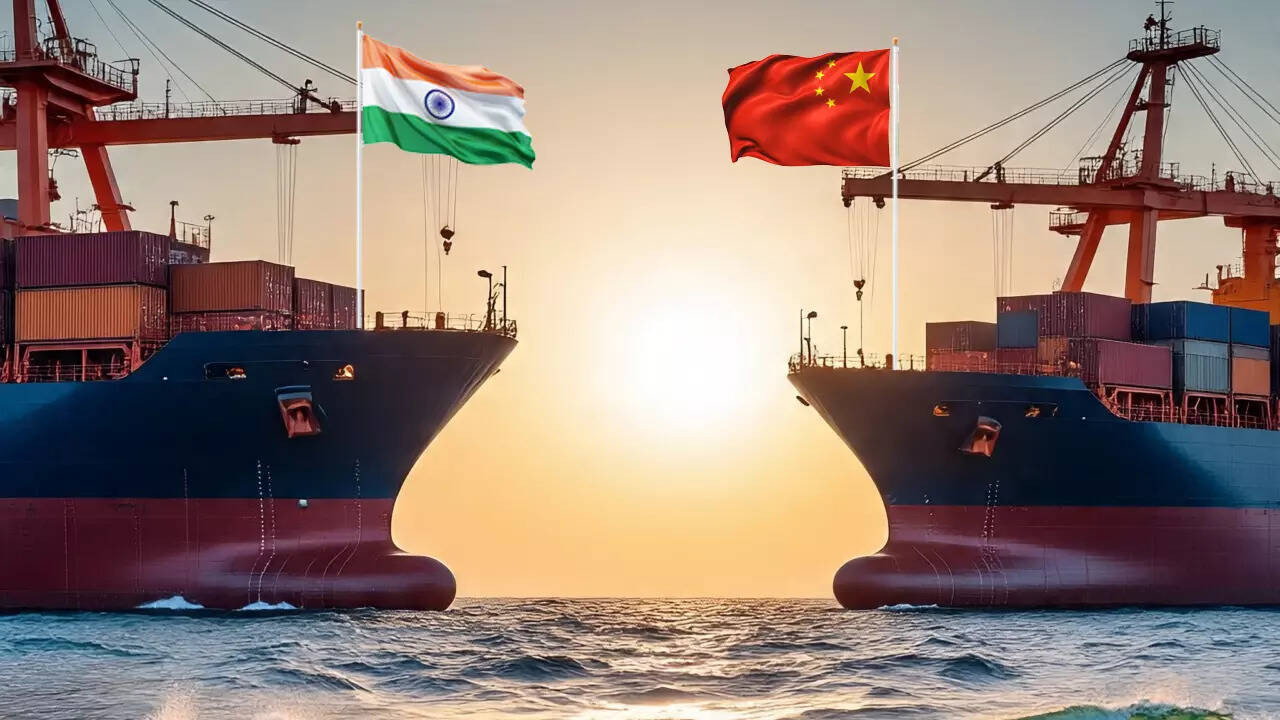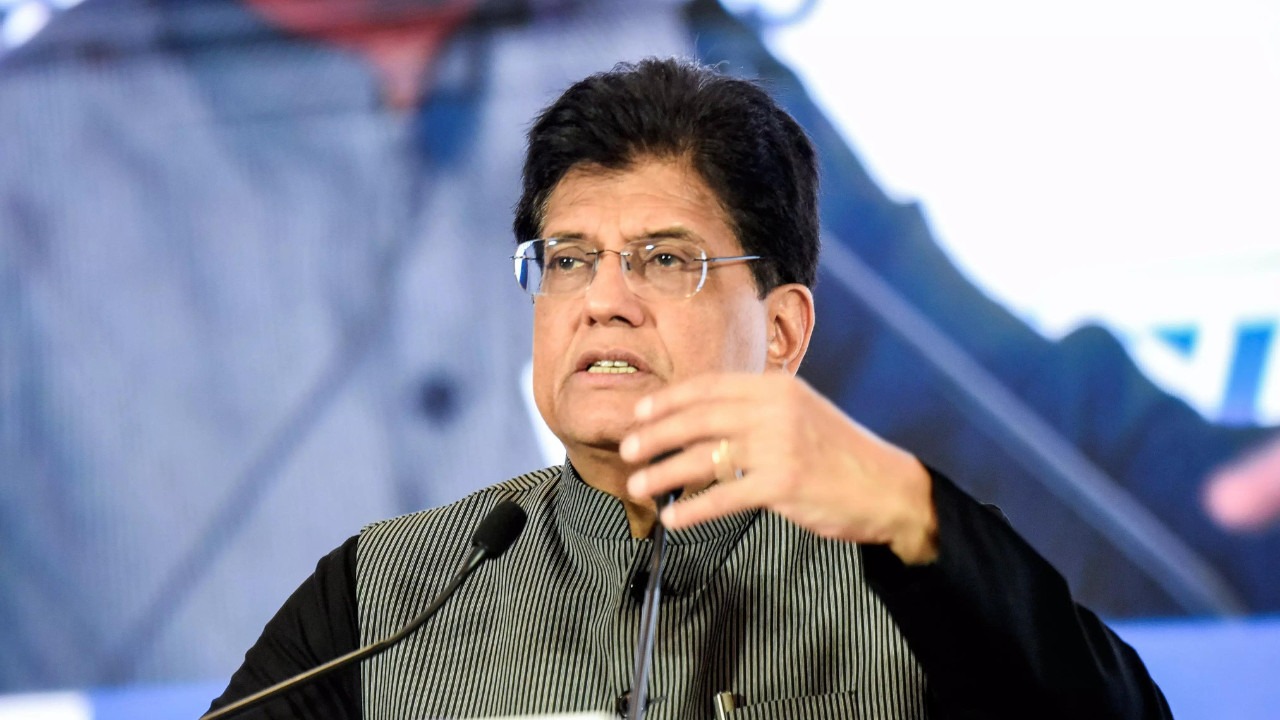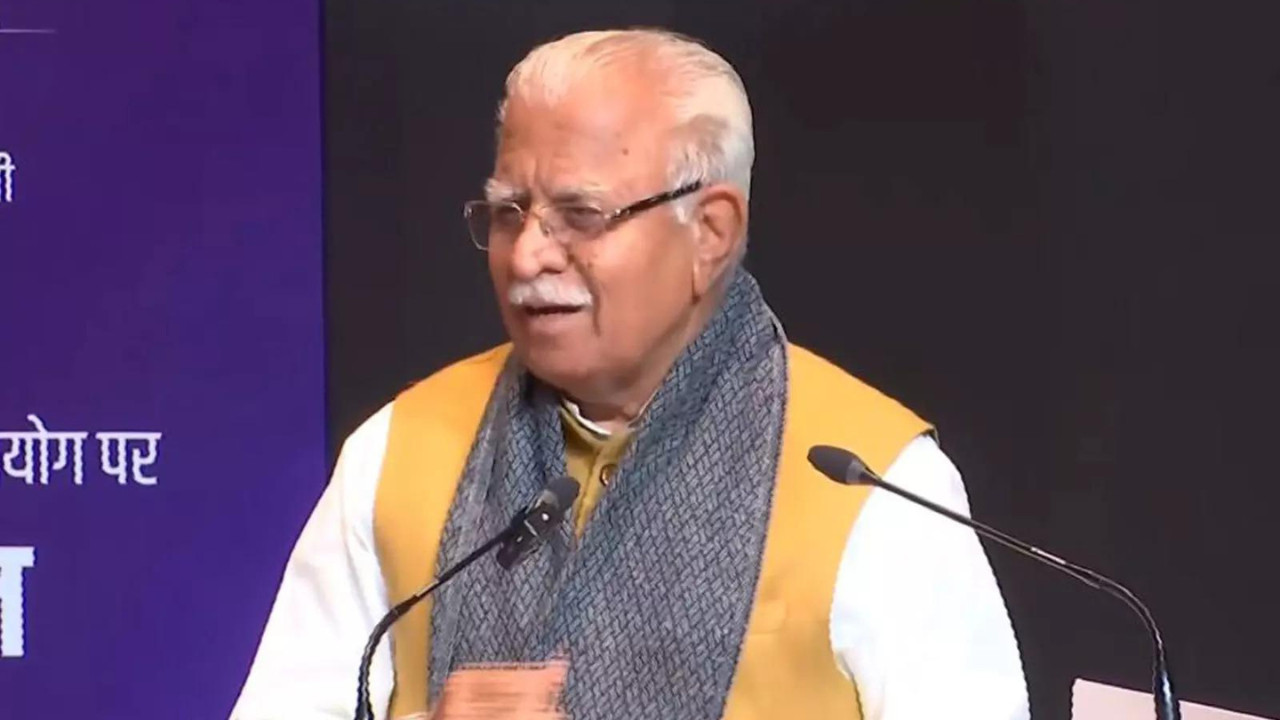India and China are set to discuss a trade package focusing on essential commodities like rare earth magnets, fertilizers, and pharmaceuticals, coinciding with PM Modi’s SCO summit attendance. This move signals improving relations amid US trade tensions and India’s need for Chinese imports.
Navigating the Shifting Sands: India, China, and the Trump Tariff Echo
The global trade landscape feels a bit like a high-stakes chess game right now. With each move – each tariff, each trade agreement, each geopolitical shift – the board rearranges, forcing players to rethink their strategies. The reverberations of the Trump-era tariffs, though seemingly in the past, are still being felt, particularly in the complex dance between India and China. And as these two economic giants navigate this new reality, critical sectors like rare earths, fertilizers, and pharmaceuticals are finding themselves squarely in the spotlight.
For years, the economic relationship between India and China has been a blend of cooperation and competition. They’re major trading partners, yet also rivals in various industries. Trump’s tariffs, aimed at curbing China’s trade practices, inadvertently created opportunities for other nations, including India, to potentially fill the gaps left in the US market. But it also complicated existing trade flows and exposed vulnerabilities in global supply chains.
The Rare Earths Race and India’s Opportunity
One area where the implications are particularly pronounced is in rare earth elements. These seemingly obscure materials are vital for everything from smartphones and electric vehicles to wind turbines and defense systems. China currently dominates the global rare earth market, controlling a vast majority of both production and processing. This dominance gives them significant leverage, and concerns about supply security have prompted many nations, including India, to seek alternative sources.

India possesses significant reserves of rare earth elements, but extracting and processing them has proven challenging. It requires specialized technology and substantial investment. However, with renewed focus on diversifying supply chains and reducing dependence on China, India is strategically positioned to become a key player in the global rare earths market. Boosting domestic production will require streamlined regulations, technological advancements, and collaborations with international partners. This is not just about economic gains; it’s about national security and strategic autonomy.
Fertilizers and Pharmaceuticals: Addressing Import Dependencies
Beyond rare earths, the Trump tariffs also highlighted India’s dependence on China for other essential goods, particularly fertilizers and active pharmaceutical ingredients (APIs). India is a major agricultural economy, and fertilizers are crucial for crop production. Similarly, a robust pharmaceutical industry is vital for public health. A significant portion of both fertilizers and APIs are currently imported from China.
This reliance creates vulnerabilities. Disruptions in supply chains, whether due to geopolitical tensions or other unforeseen events, can have serious consequences for India’s food security and healthcare system. Therefore, the Indian government is actively encouraging domestic production of these essential goods through various initiatives, including production-linked incentive (PLI) schemes. These schemes aim to attract investment, boost manufacturing capacity, and reduce dependence on imports.
Trade Talks on the Horizon: Seeking a Level Playing Field
Recognizing the intertwined nature of their economies, India and China are reportedly exploring avenues for dialogue to address trade imbalances and foster a more equitable relationship. These discussions are crucial, as they can pave the way for smoother trade flows, reduced trade barriers, and greater cooperation in areas of mutual interest. Resolving long-standing issues like market access and non-tariff barriers will be critical for building trust and ensuring a level playing field for businesses in both countries.
These talks also present an opportunity to address concerns about the quality and standards of imported goods. By establishing clear guidelines and enforcement mechanisms, both countries can ensure that trade benefits consumers and promotes sustainable economic growth. Strengthening economic ties with nations in the APAC region would further help to balance the dependence on a single market. This is especially important for India as its growing manufacturing base can act as a substitute for many Chinese products on the global scale.
The road ahead won’t be without its challenges. The legacy of Trump’s tariffs, coupled with ongoing geopolitical complexities, will continue to shape the relationship between India and China. Yet, by focusing on strategic sectors like rare earths, fertilizers, and pharmaceuticals, and by engaging in constructive dialogue, both nations can navigate these challenges and forge a more resilient and mutually beneficial economic partnership. Investing in logistics and infrastructure will also make India a favorable choice. This will attract foreign investments to the country, thus giving impetus to its growth.
Ultimately, the unfolding narrative is not just about trade; it’s about strategic positioning in a rapidly changing world. India’s success in leveraging these shifts will depend on its ability to innovate, invest in infrastructure, and create a business-friendly environment that attracts both domestic and foreign investment.
[Internal link to: example.com/india-economic-growth]
Conclusion:
The impact of the Trump tariffs continues to ripple through the global economy, creating both challenges and opportunities for India. By strategically focusing on key sectors like rare earths and reducing import dependencies, India can strengthen its economic resilience and enhance its position in the global trade landscape. The upcoming trade talks with China offer a crucial platform for fostering a more balanced and equitable relationship, ultimately contributing to sustainable economic growth for both nations. A stable political environment and government efforts to streamline processes have provided a big boost to foreign businesses that are now looking at India as a global manufacturing hub.







